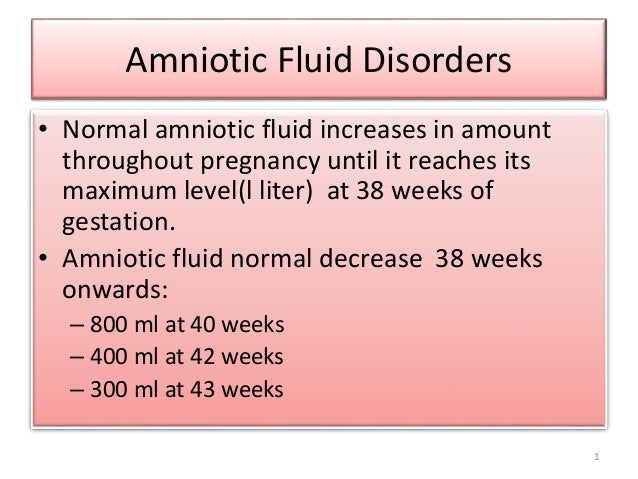

But this may need to be done earlier if there are problems. Your labor likely won’t be induced until at least week 34 of pregnancy. Or he or she may tell you to stop taking tocolytic medicine. Your healthcare provider may give you medicine to start labor.

You may need these to prevent or treat an infection. If your baby is born early, his or her lungs may not be able to work on their own.Īntibiotics. These medicines can help your baby’s lungs grow and mature. Your baby’s heart rate may also increase.Ĭorticosteroids. Your baby’s movement, heart rate, and other tests Your healthcare provider will watch you closely. It will also depend on how severe your condition is. Treatment will depend on your symptoms, pregnancy, and general health. This is done to check the amount of amniotic fluid around your baby. When amniotic fluid is dry, it has a fern-like pattern. Your healthcare provider will put the fluid on a test strip to check the balance. The pH balance of amniotic fluid is different from vaginal fluid and urine. This is to check if it’s amniotic fluid, vaginal fluid, or urine. He or she will also remove some fluid to test it. Your healthcare provider will look for fluid leaking from your cervix. The exam may be done with a tool (speculum) to look inside your vagina. Then your healthcare provider will give you an exam. He or she will also ask you about your symptoms. Your healthcare provider will ask you questions about your pregnancy. See your healthcare provider for a diagnosis.

The symptoms of this health problem may be similar to symptoms of other conditions.

They can include:Ī feeling of wetness in your vagina or underwearĬall your healthcare provider right away if you have these symptoms. Symptoms can occur a bit differently in each pregnancy. Having an infection in your reproductive system Having a preterm birth in a previous pregnancy In most cases of PPROM, the cause is not known. You also have a higher chance of having your baby born early. Once the sac breaks, you have an increased risk for infection. In this condition, the sac (amniotic membrane) surrounding your baby breaks (ruptures) before week 37 of pregnancy. Preterm premature rupture of the membranes (PPROM) is a pregnancy complication. If you do this and don’t see any fluid on the pad, the fluid you are seeing is probably urine.Preterm Premature Rupture of Membranes (PPROM) What is PPROM? If it isn’t, the fluid could be amniotic fluid.Īnother option is to put on a pad or panty liner and concentrate on holding your pelvic floor muscles tight, as if you are trying to stop your urine stream. If the fluid is yellow in color, it’s likely urine. Place a sanitary pad or panty liner in your underwear and examine the fluid that is on the pad after 30 minutes to an hour. Vaginal fluid is usually white or yellow in color.Īnother way you can try to determine if the fluid is amniotic fluid is to first empty your bladder.


 0 kommentar(er)
0 kommentar(er)
